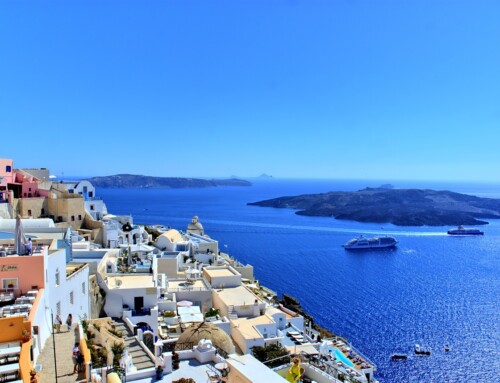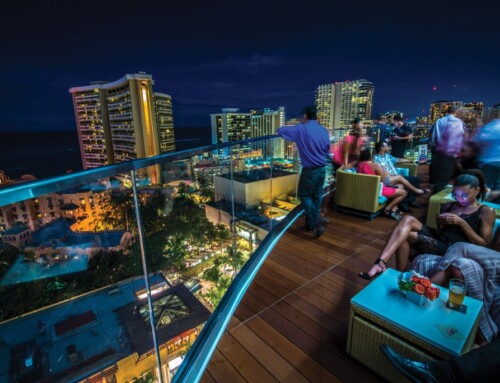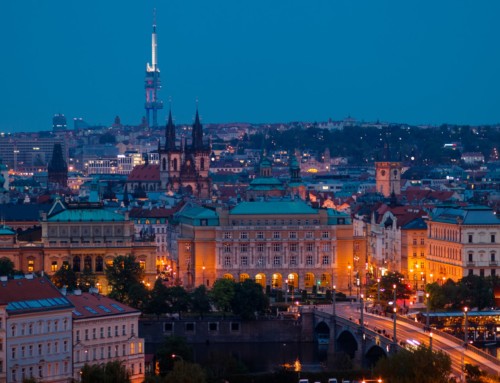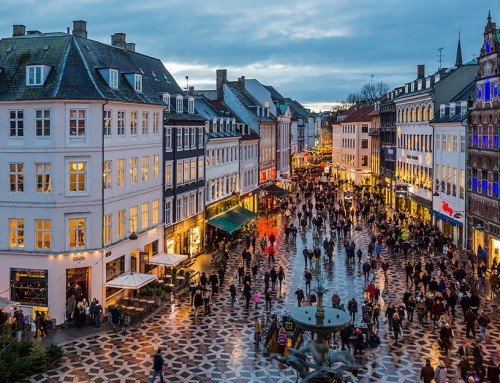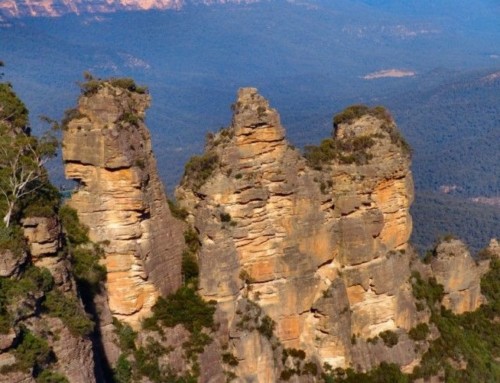Newcastle, or as it’s formally known, “Newcastle-on-Tyne,” is a port city of Northeast England. It’s known for being situated on the north bank of the River Tyne. Newcastle is famous for its Newcastle Brown Ale, its football team, Newcastle United F.C., and the often pictured Tyne Bridge. The city has been heralded for its sports, theatre, and especially its nightlife. Newcastle proves that, just because the city is compact in size, doesn’t mean it isn’t diverse and exciting.
The City
The city itself retains much of its medieval feel from its architecture and city structure – streets are narrow, buildings are antiquated (yet beautiful), and there are even some streets which are designed for only foot-traffic, as they are too small to fit vehicles. The people with the dialect from Newcastle are affectionately known as “Geordies” and the dialect is known as “Geordie speak.” The city has recently seen a resurgence in tourism, as the city has been reinventing itself as a trendy, beautiful urban location. With the close proximity of the nearby beaches, Newcastle is a great place to visit.
The History
The earliest recorded history of Newcastle was that of the Romans, back when the city was just a fort with a bridge leading across the river. The fort was called Pons Aelius (meaning “Aelian Bridge”), named after the king that founded it, Hadrian of the Aelian family. After the Romans departed, the Anglo-Saxons adopted the fort and named it “Monkchester”. During many battles, the fort was all but destroyed – a new wooden castle was built on the remains by the son of William the Conqueror, Robert. Robert named the wooden castle, “Novum Castellum”… a.k.a. New Castle.
Throughout the middle Ages, Newcastle was built up, reinforced, and sieged, and then built up again. This warfare raged until around the 16th and 17th centuries when industry, production, and ship building and repair became the main focus. Mining was also incredibly important to the economy of Newcastle. The city rose with the Industrial Revolution but lost some of its gusto when industry declined. Now Newcastle has reached equilibrium by scrapping its industrial output and modeling itself as a trendy city with art and science put to the forefront.
The Sights
There is plenty to see if you’re walking around Newcastle, but the first thing you’ll want to check out is the Tyne Bridge over the River Tyne. There’s also Grey’s Monument, erected in honor of Charles Grey – the area is great if you want to see some of the local busker talent. There is always, of course, St. James Park Stadium for the sports enthusiasts. Don’t forget to check out the “Vampire Rabbit” near St. Nicholas Church – it’s positioned above an office door, and is one of the area’s architectural oddities. This relic was built long ago as a grotesque, but what it is, why it was put there, and when are all mysteries. This odd rabbit is worth hunting down and having a look at.
The Nightlife
The nightlife in Newcastle is growing, and there are a myriad of things to do every night of the week. If you’re looking for a club, check out the O2 Academy, the Digital, or Tup Tup Palace. If you’re more into bars, there’s plenty to choose from – a few are theSlug and Lettuce, Trillians Rock Bar, and the Pitcher and Piano (for a more upscale scene). Casinos are also plentiful, including Circus, Aspers at the Gate, and Grosvenor located in the center of Newcastle. Looking for somewhere to eat? The local restaurants include Pinocchio’s, delicious Wagamama, and Cafe 21. Lastly, if you’re looking to catch a show, the Theatre Royal offers great performances.


